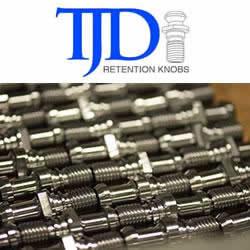Clarifying connection choices for industrial automation
According to Statista, there will be 30 billion Internet of Things (IoT) devices active by 2024. To tap into this trend, plant managers can choose between two main methods of connecting new devices to the IoT — wired or wireless. Here Maria Torrisi, business development manager of industrial automation specialist JMartans Automation, suggests three questions to ask before choosing between wired and wireless technology.
Wired automation is more mature than wireless technology and offers a fast and reliable option. Wireless technology is a newer entrant to the field, boasting reduced automation costs and smaller space requirements.
A good understanding of your technology and how to connect it is essential during any automation project. To choose the best form of connectivity for your application there are three primary questions to address.
How much space do I have?
A wired system can require a large amount of cabling to connect components and devices, which can be bulky and expensive. One of the main advantages of wireless systems is that they can be installed in almost any location, even those where space is limited. To discuss which option is best suited to your facility you can arrange for a specialist, like JMartans, to review your plant and recommend the best type of industrial automation equipment for you.
How much am I automating?
If you are connecting a small number of devices to the IoT then wired technology is a good fit for your purposes, as the technology is fast and reliable. However, — adding additional cabling or rerouting the existing cabling of a wired system can be incredibly challenging. Wireless systems therefore offer a more scalable option for businesses that are planning on expanding their level of connectivity in the future.
Wheres the value?
Wireless technology can offer a cost-effective option for businesses connecting a large number of devices. While the upfront costs can be high, the flexibility offered to growing businesses can lead to better value in the long term. However, if your company aims to automate a single part reliably and securely then wired automation can make good business sense due to its fidelity. Remember that the larger the wired network, the more expensive it is to install, maintain and manage.
As the IoT continues to grow towards the 30 billion devices forecast by Statista, businesses are faced with decisions about how best to connect their equipment. While wired technology offers a trustworthy option, businesses looking to scale up their connectivity in the long term may find wireless technology is more suited to them.
Featured Product

